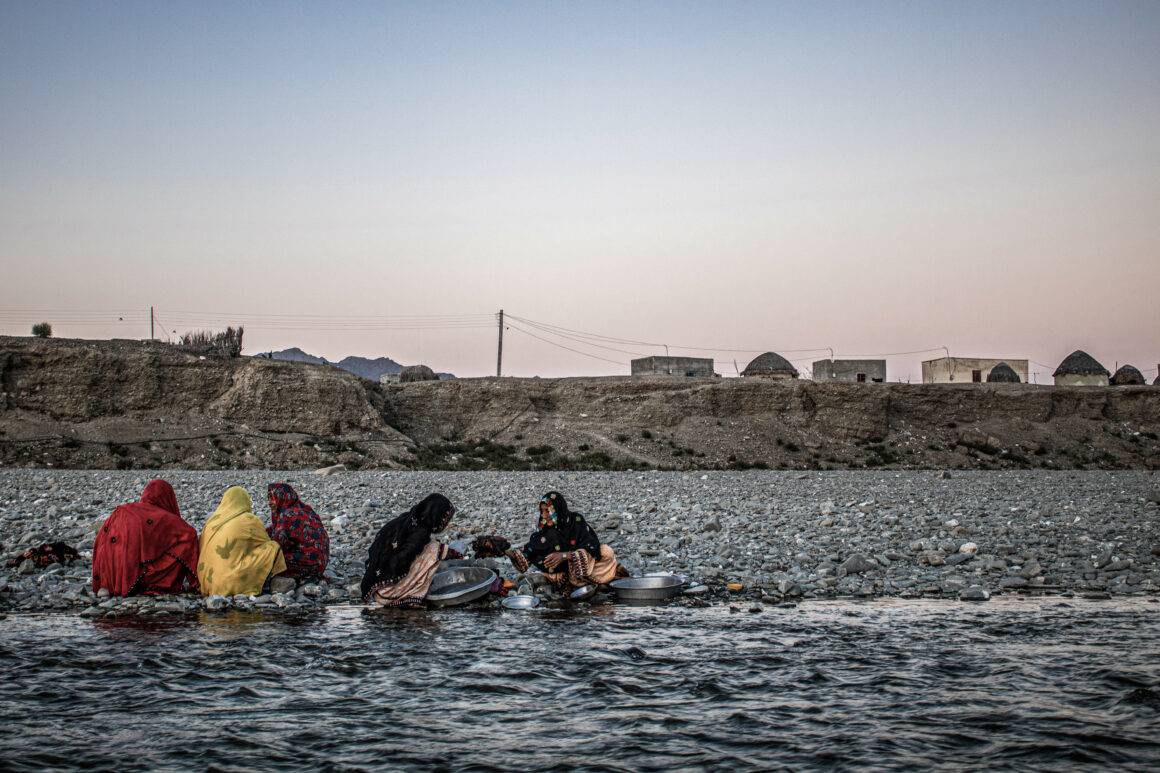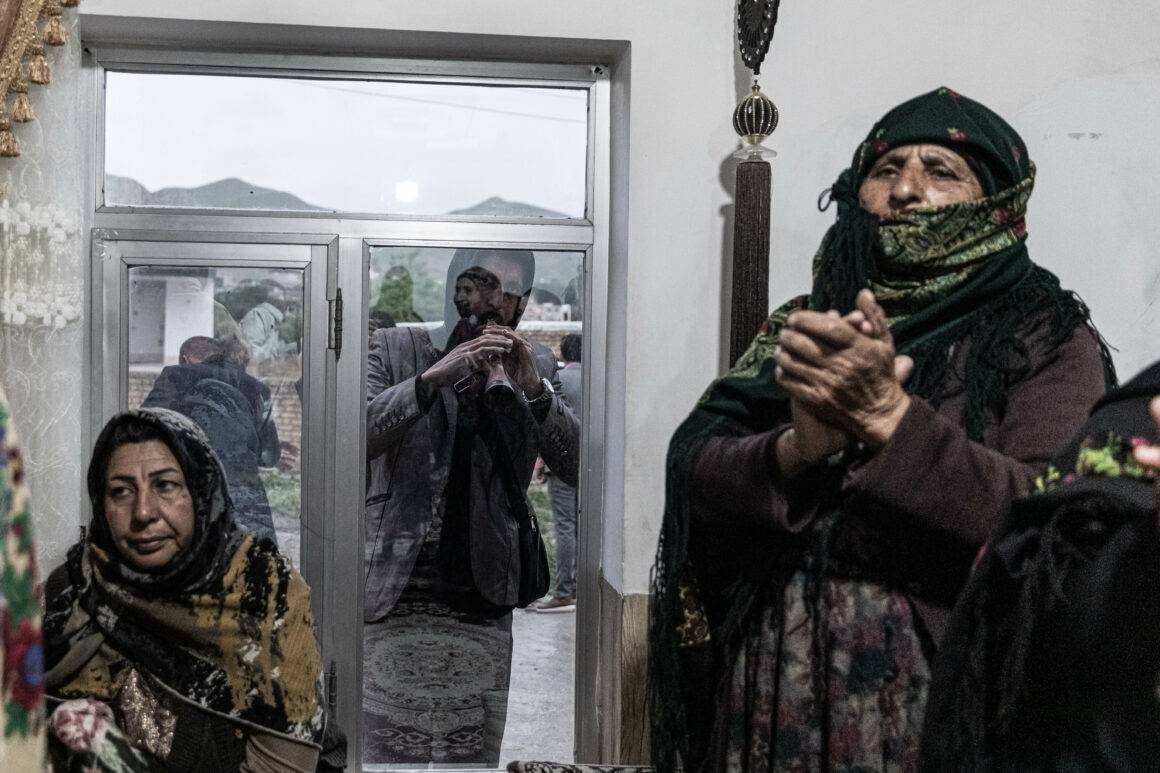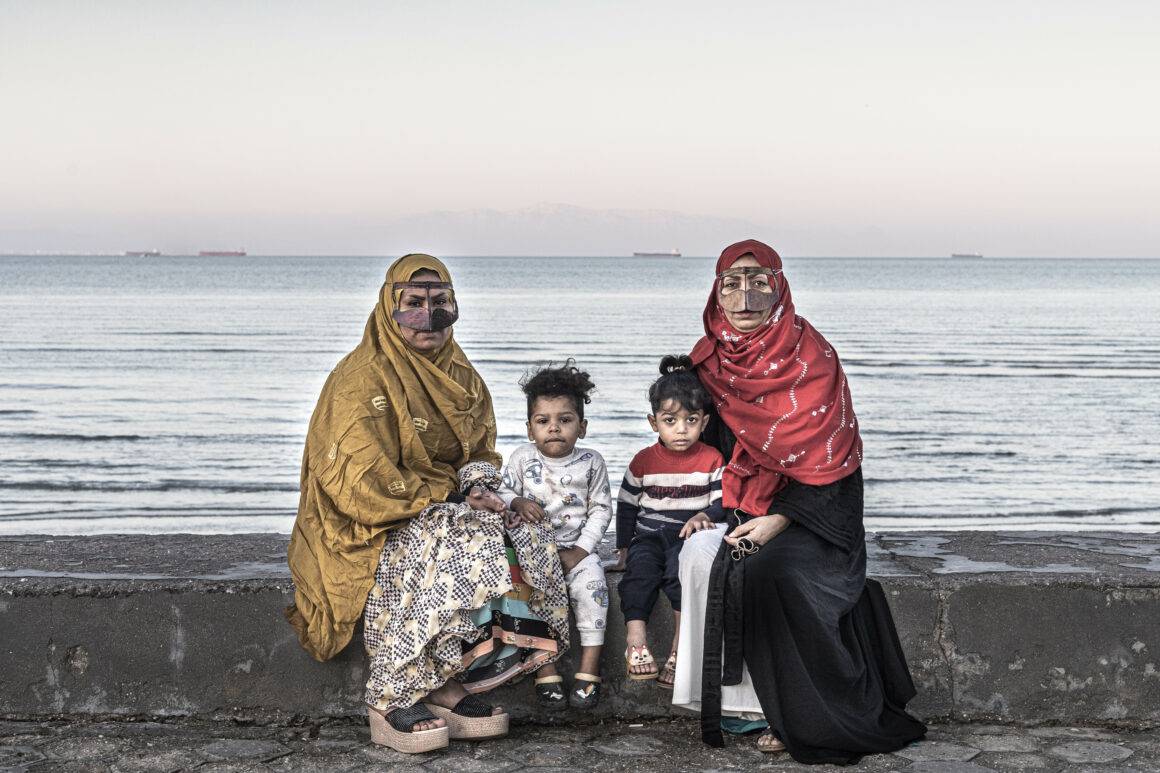As Women's Day draws near, explore The Game Magazine, where you'll find inspiring stories from Iranian women photojournalists, as they share their journey of facing significant obstacles, yet their unyielding spirit and hard work illuminate the world of photography.
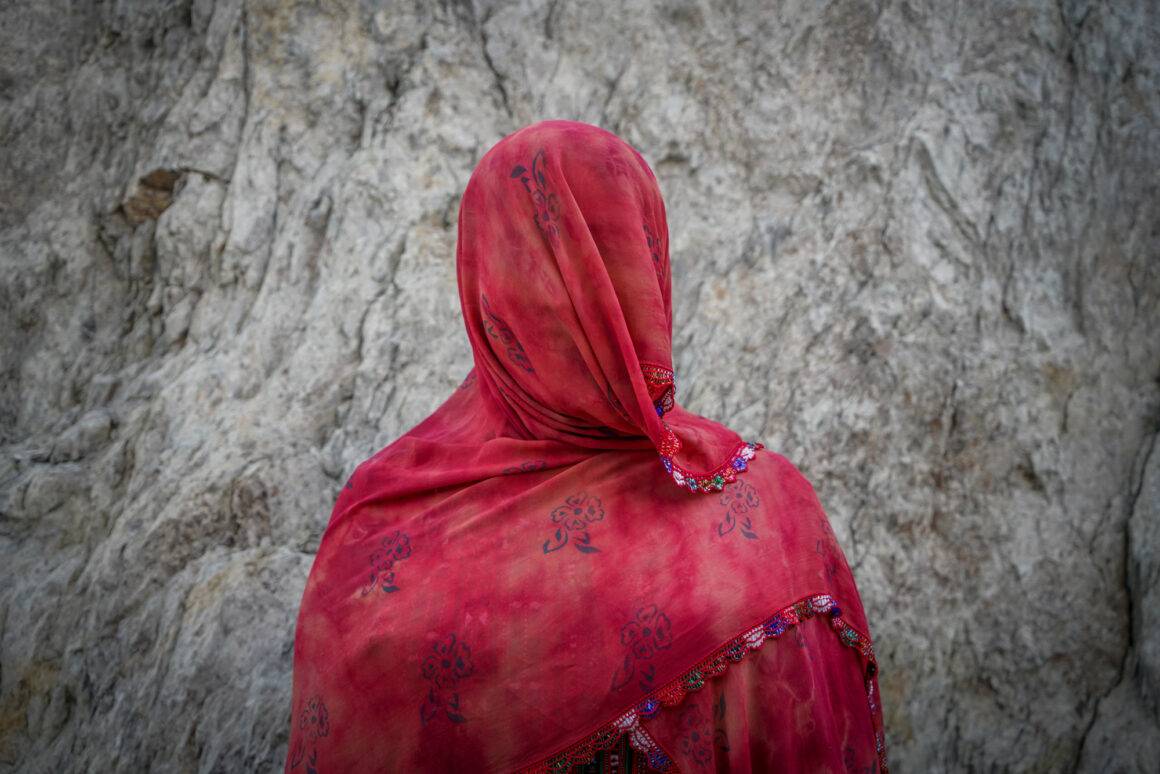
How Iranian Female Photographers Face and Overcome Challenges: First-Hand Accounts from the Field
Over the past few decades, many Iranian women photographers have been recognized and honored with prestigious international photography awards. These dedicated individuals have played an important role in capturing a clear view of life and challenges not only in Iran but across the Middle East and beyond. Their contributions have significantly impacted both the photography world and societal advancements. However, their journey to success has been fraught with obstacles, battling against a traditionally male-dominated photography scene and confronting various challenges specific to female photographers.
In Women’s History Month, Guest writer and Iranian journalist Ghazaleh Baha presents interviews from The Game Magazine with two female photographers Saba Taherian and Mahshad Jalalian, who have spent decades navigating these hurdles, including stark gender discrimination, limited opportunities, censorship, and financial and equipment limitations. Discover through firsthand accounts how they are breaking barriers and fostering progress within a discriminatory environment, paving the way for future generations of photographers.
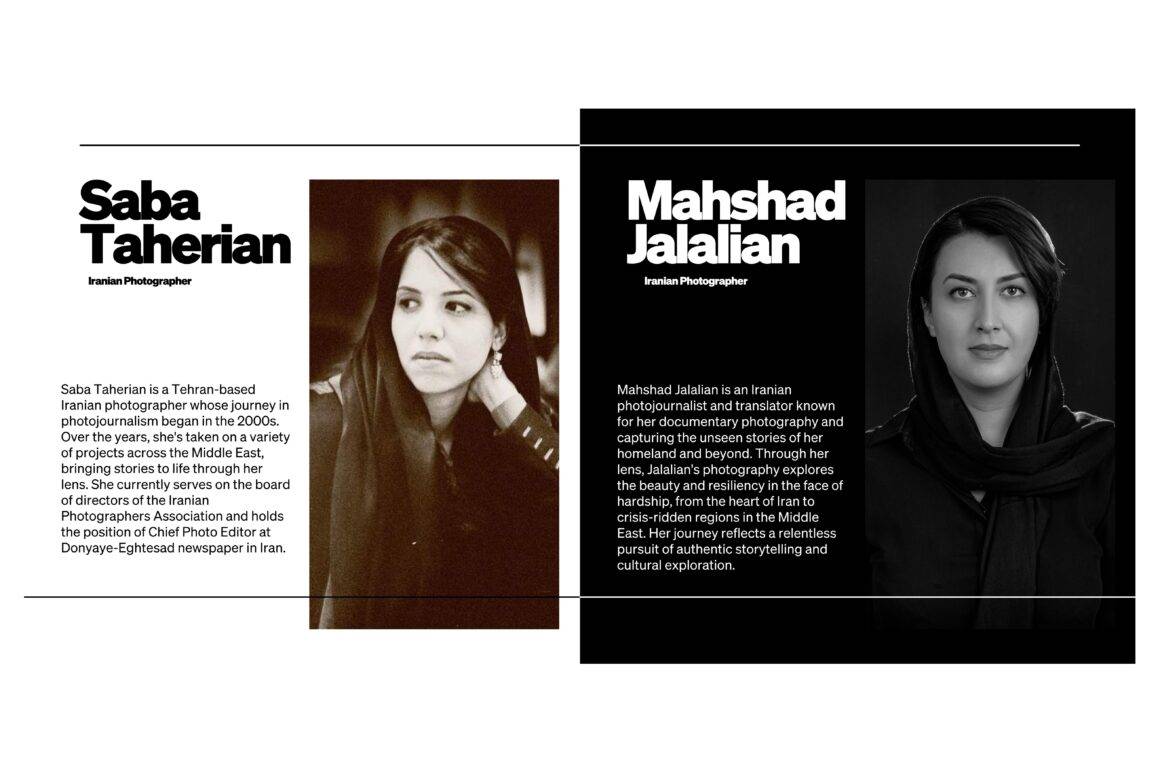
Words and Interviews by Ghazaleh Baha
Here in the Middle East, words have different meanings. Here, life has lost its deep and sublime meaning. Here, life means living and surviving. Trying means running to reach the minimum, and tomorrow is a day that we don’t know in which direction the sun will turn to us. The truth is hidden amidst lies and plotting, and only a few uncover it. Those who capture a clear picture of a real moment are the narrators of the truth we live and experience daily.
Photojournalism in the Middle East requires a lot of passion and courage, followed by many challenges. It varies from recording natural events such as earthquakes to the continuous and endless wars in this region, from the moment a bomb hits a hospital in Gaza to the moment Afghanistan gets occupied by the Taliban, from civil movements of Iran to Syria.
Photojournalism is an inseparable part of people’s lives in the Middle East. Whether beginners who recorded crucial moments with their mobile phones or professional photojournalists who even lost their lives for capturing a real moment, like Kaveh Golestan, an Iranian photojournalist who was killed by a mine explosion in Iraq while taking photos.
Nevertheless, with all the problems and hardships that photojournalists are facing in the Middle East, many do not put their cameras aside, even for a single moment, since capturing the truth is still their most important mission.
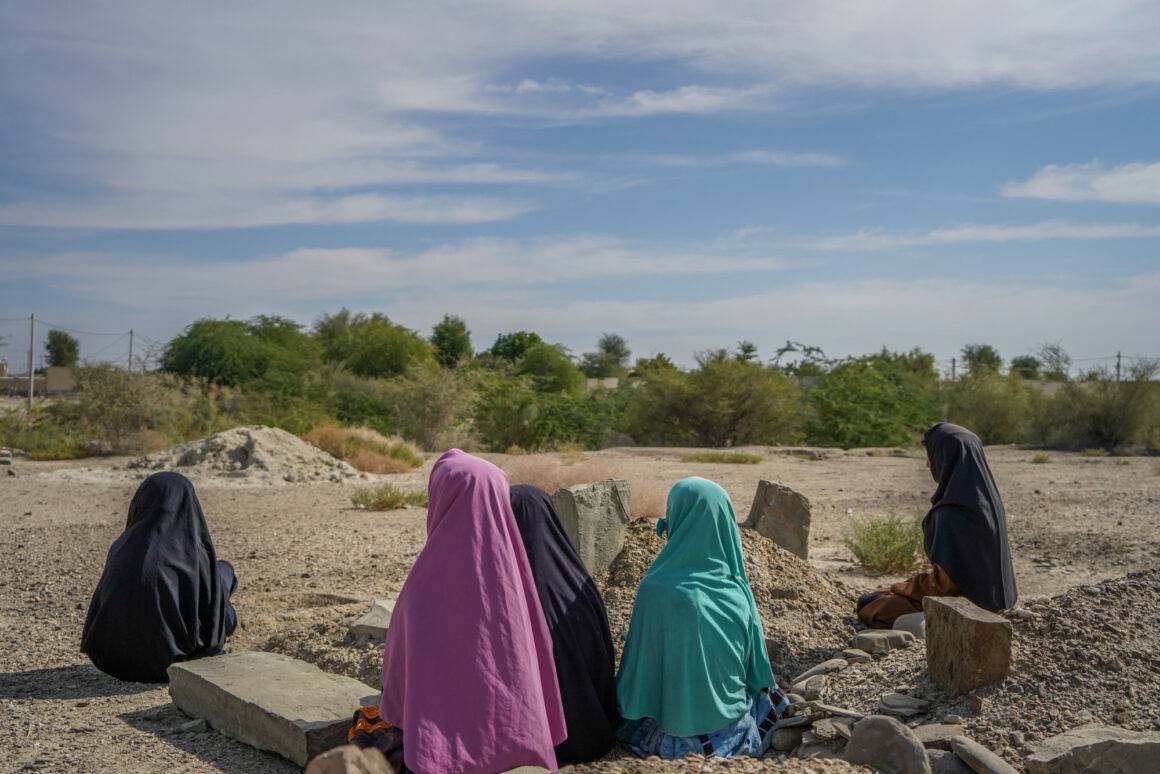
Equipment Costs, Permit Hurdles, and the Lack of Freedom of the Press
Mahshad Jalalian, describes Iranian female photographers’ challenges by quoting a War photographer, Marie Decker, “If you’re a woman, you’re never taken seriously. There is one advantage to being a woman: they don’t kill you right away; they give you a chance.”
Saba Taherian, voices concerns over the significant challenges journalists and photographers face due to restrictive laws. “The lack of freedom of the press has turned this profession into a public relations job,” she states, emphasizing how these limitations have estranged professionals from their core activities. “Although serious demarcations have distanced us from our professional activities, there are still those who are loyal to this profession, and their passion for journalism keeps the half-burning light on,” she asserts. Taherian advocates for the creation of “an interactive and structured environment through the activity of unions associated with journalism” as a solution to overcome these obstacles.
Taherian further discusses the realities of photojournalism in Iran, noting the significant expenses associated with equipment and operations. Unlike in other countries, independent photojournalism in Iran requires obtaining specific permits from security and intelligence services, such as the police, to ensure project compliance with national laws. “Working independently is good as long as you can cover the costs of photography and you can display the results,” Taherian believes. She shares her experience of completing her most important collection as an independent photographer, citing the freedom to study, observe, and choose subjects.
However, she acknowledges the financial constraints that can limit this independence, mentioning that affiliation with a newspaper or news agency might ease these burdens: “Photography will be easier if you work as a photographer associated with a newspaper or news agency approved by the Ministry of Culture and Islamic Guidance, compared to working as an independent one. For example, street photography is possible if they can obtain a specific permit from the police, and on the other side an independent photographer who is not under the protection of any organization cannot receive this permit.”
Mahshad Jalalian follows Taherian’s views emphasizing the value of independence in pursuing personal subjects and escaping predetermined assignments. “Being independent allows me to pursue my personal subjects and turn away from ‘what is asked of her,’” Jalalian remarks. She highlights the struggle of working within a rigid framework and the limitations it imposes on creative expression, noting the precarious position of independent photography in Iran as both underappreciated and misunderstood, as she puts it: “Being an independent photographer in Iran is not a well-established profession and is unknown to many. Some do not believe that one can be employed in this job, and they see it as a form of hobby. Sometimes we hear: I take better photos than you!” Citing Eddie Van Wessel, Jalalian points to a potential shift toward documentary photography as a promising development for the industry. “Our condition will improve when we see a shift towards documentary photography,” she quotes, stressing the importance of a unique perspective in securing assignments. However, she also acknowledges the financial insecurities faced by photographers in Iran, burdened by the costs of their equipment without guaranteed income.
Jalalian also touches on the threats and challenges inherent in their profession, particularly the pressure not to share certain photos, which she sees as a denial of reality and evidence. “Deleting and archiving photos is a heavy blow for a photographer. They don’t want photos to be seen because photos are evidence. How is it possible not to look at real life?” she states, highlighting the censorship and conflict between the desire to document truth and external pressures to conceal it.
“Although serious demarcations have distanced us from our professional activities, there are still those who are loyal to this profession, and their passion for journalism keeps the half-burning light on.” – Saba Taherian.
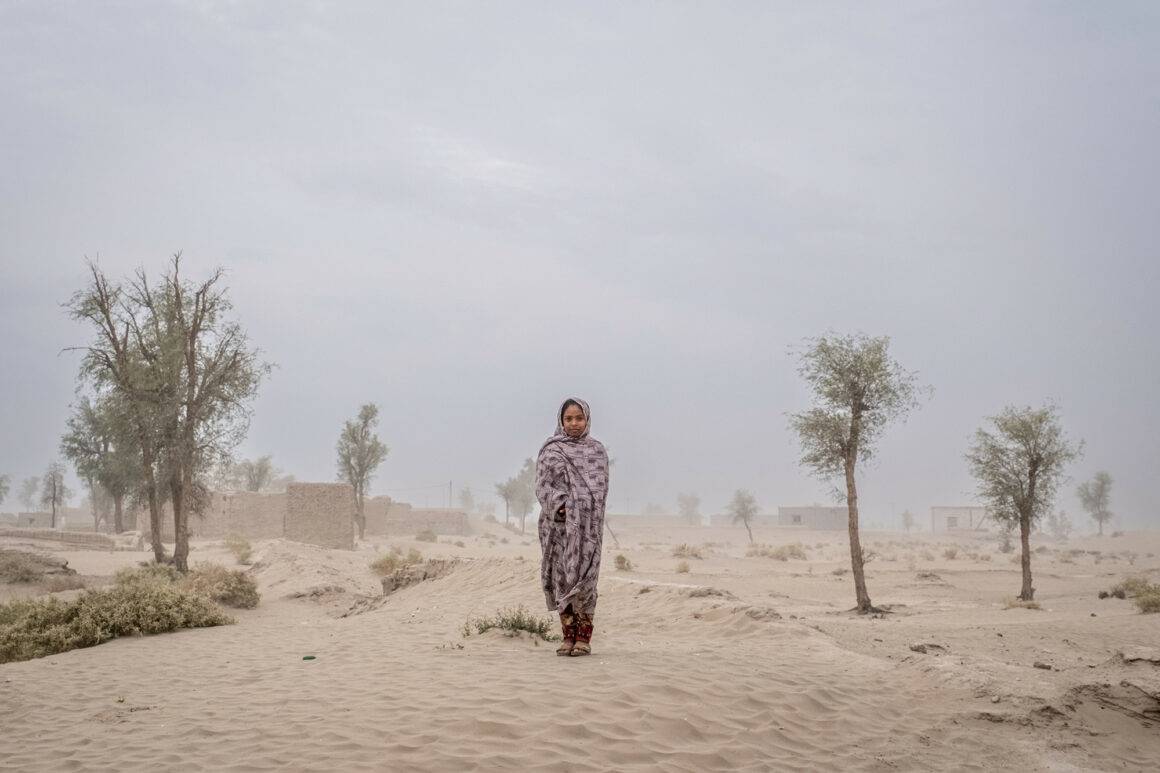
“Deleting and archiving photos is a heavy blow for a photographer. They don’t want photos to be seen because photos are evidence. How is it possible not to look at real life?” – Mahshad Jalalian.
Gender Discrimination: Shuttered Opportunities, Gender Pay Gap and Exclusion
In Iran, gender discrimination remains a significant and unresolved issue, affecting women’s access to opportunities, resources, rights, freedoms, and decision-making in both private and professional spheres. This pervasive discrimination extends into the field of photography, where female photographers face substantial economic, social, and cultural restrictions, limiting their power and influence within society.
Mahshad Jalalian highlights the widespread gender discrimination within photography, noting the selective demand for female photographers. “Women are discriminated against because of their gender. In many photography assignments, male colleagues do not allow women to take photos. They rush to the event, and the women stay behind. For this reason, the number of male photographers is always more than female ones at events, and they have an unwritten priority,” Jalalian explains. She criticizes the superficial support for female photographers, where “Many magazines only work with men but give a manifesto about women’s photography. I remind you again that they don’t kill women right away. They might need a female photographer somewhere; only then will they remember us.”
In line with Jalalian’s observations, Saba Taherian shares her experiences with gender bias in Iran’s photography scene, a domain overwhelmingly dominated by men, especially in leadership roles. “I’ve heard from editors of photo sections or even male editors that they avoid hiring female photographers as much as possible because they believe women cannot do difficult and dangerous assignments, like going back home late at night, or getting pregnant, having children,” Taherian recounts. Despite these challenges, Taherian’s career trajectory, rising to become a photo editor, showcases her ability to overcome such biases. However, she acknowledges not all women have this opportunity, and the gender pay gap is still an ongoing problem for all.
Both photographers call for a shift towards equality within their profession, stressing the need for collective action. “If we accept that we are all photojournalists, the gender is meaningless,” Taherian asserts.
When we talk about women’s problems in general, cases of gender discrimination are always more prominent. Throughout history, women have fought such discrimination, and they have won many times. But in the Middle East, women continue to face discrimination, and the profession of photography is no exception. Taherian reflects on the particular difficulties faced by female photographers: “Appearing in society and doing photography is difficult for female photographers as these spaces have traditionally been defined as men’s places.” However, she also highlights a silver lining, pointing out that, despite obstacles, some women manage to break through these barriers and find acceptance.
“Women are discriminated against because of their gender. In many photography assignments, male colleagues do not allow women to take photos. They rush to the event, and the women stay behind. For this reason, the number of male photographers is always more than female ones at events, and they have an unwritten priority.”- Mahshad Jalalian.
“I’ve heard from editors of photo sections or even male editors that they avoid hiring female photographers as much as possible because they believe women cannot do difficult and dangerous assignments.” – Saba Taherian.
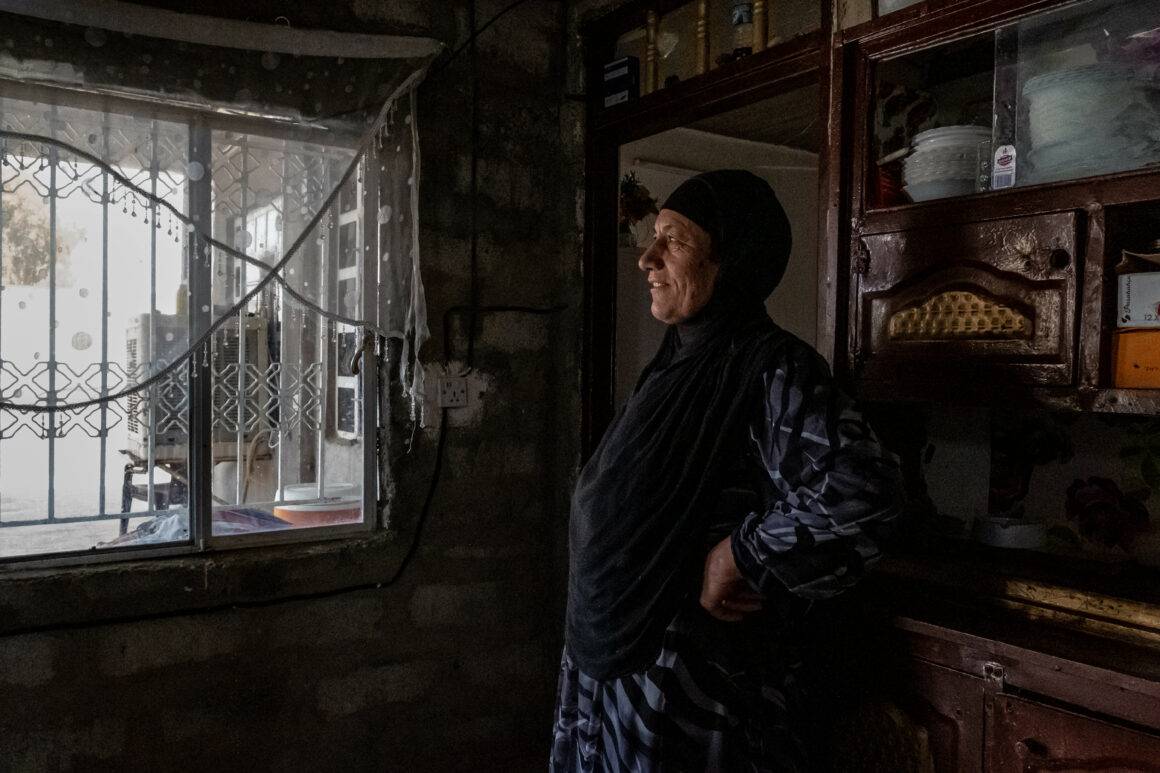
How Resilience, Passion, and Hope Empower Female Photographers
Despite the numerous obstacles they face, Iranian female photojournalists like Mahshad Jalalian and Saba Taherian persist in their careers with a passion that transcends the difficulties. When they are asked why they continue this career with all these difficulties, Jalalian describes photography as a deeply personal and almost existential pursuit: “To me, photography is like a sweet pain; like a plectrum; like a sweet sound, that if it stops, my world will be dark. I ask myself the same question many times, and I can’t find an answer. The longing to capture a moment and immortalize it. Isn’t it true that we are all looking for immortality? Don’t you think that photography is the best? It separates and catches a moment from the daily flow of life and you can keep that moment forever.
Taherian adds to the conversation by underscoring the importance of hope, passion for photojournalism, and the fight for union rights important for nurturing the profession. She believes these elements are crucial for creating a supportive environment that allows photojournalists to thrive and pave the way for future generations.
Both photographers lament the lack of support within their field, pointing out that the challenges they face are compounded by a societal reluctance to embrace change. But what needs to be changed? Jalalian notes, “None of the photographers she knows have had enough support,” attributing this to a deep-seated loyalty to tradition within Iranian society. Taherian specifies that support encompasses financing, opportunities for growth, and showcasing work—areas currently obstructed by significant obstacles.
“Hope for the future, passion for photojournalism.” – Saba Taherian.
The Rise and Recognition of Iranian Female Photographers Despite Challenges
Iranian female photographers face various obstacles, as Taherian and Jalalian have described. These include systemic gender discrimination, a dearth of support, censorship, unequal chances, a pay gap, and many more. Nevertheless, among these adversities, the resilience and determination of these women shine through. It is admirable how dedicated they have been to their work and how they have battled for equality and recognition in their field. Several Iranian women photographers have received national and worldwide recognition for their talent and influential work throughout the past few decades, in spite of the many challenges they faced.
Even while these obstacles undoubtedly limit many abilities and run the risk of stifling the voices of a great number of female photographers, it’s important to recognize those who are working to remove these barriers. Their efforts are helping to significantly alter the Iranian photographic landscape in addition to improving their own standing. Indeed, these photographers, in the face of hurdles, are not only capturing moments but are also rewriting the script for future generations of Iranian and Middle Eastern women in photography.
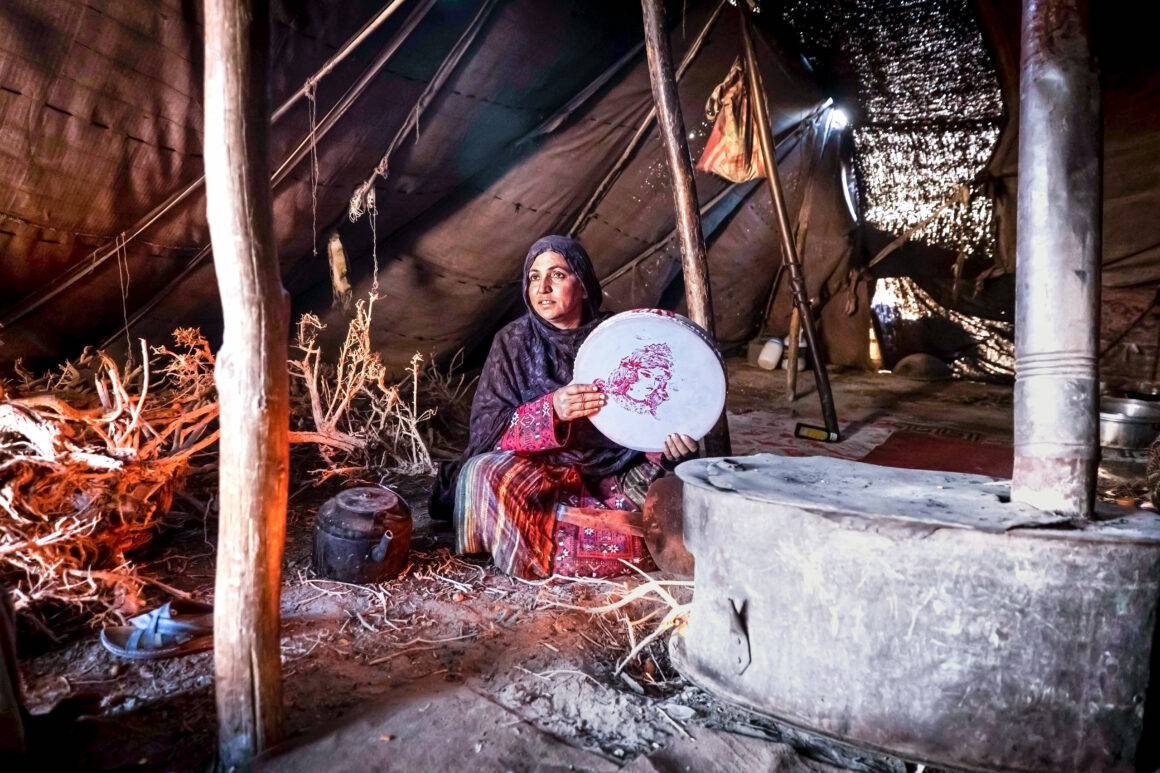
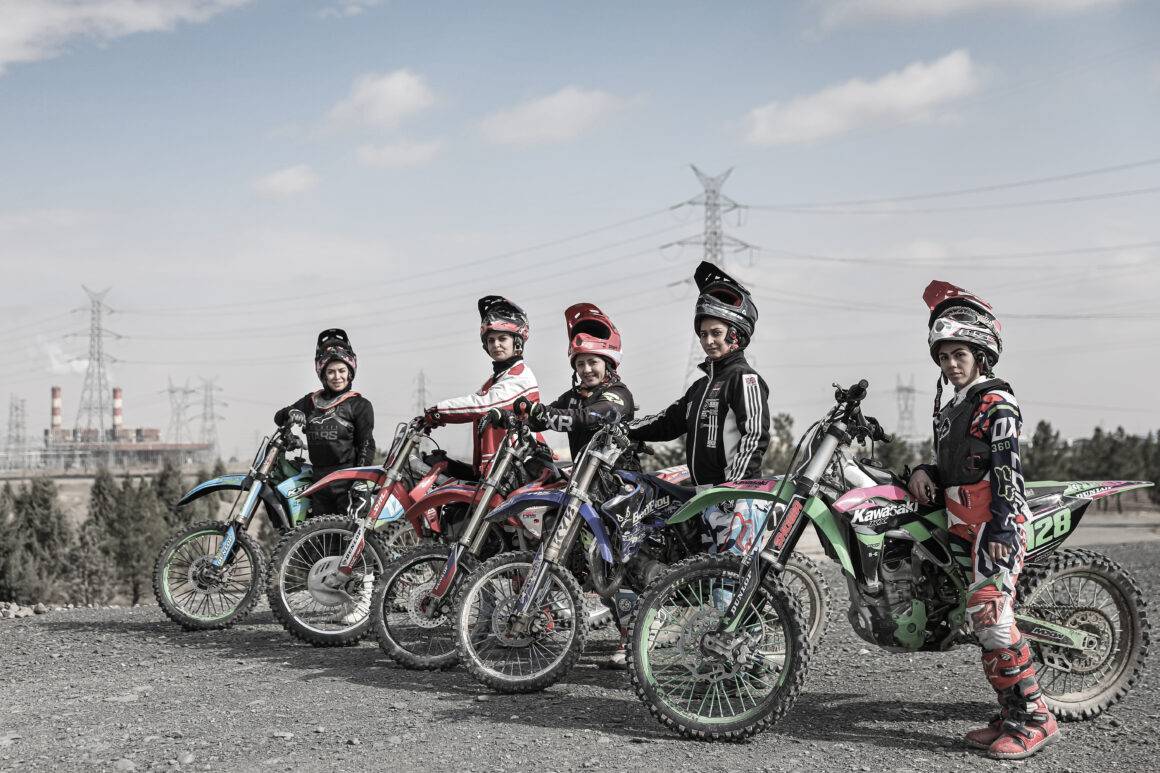

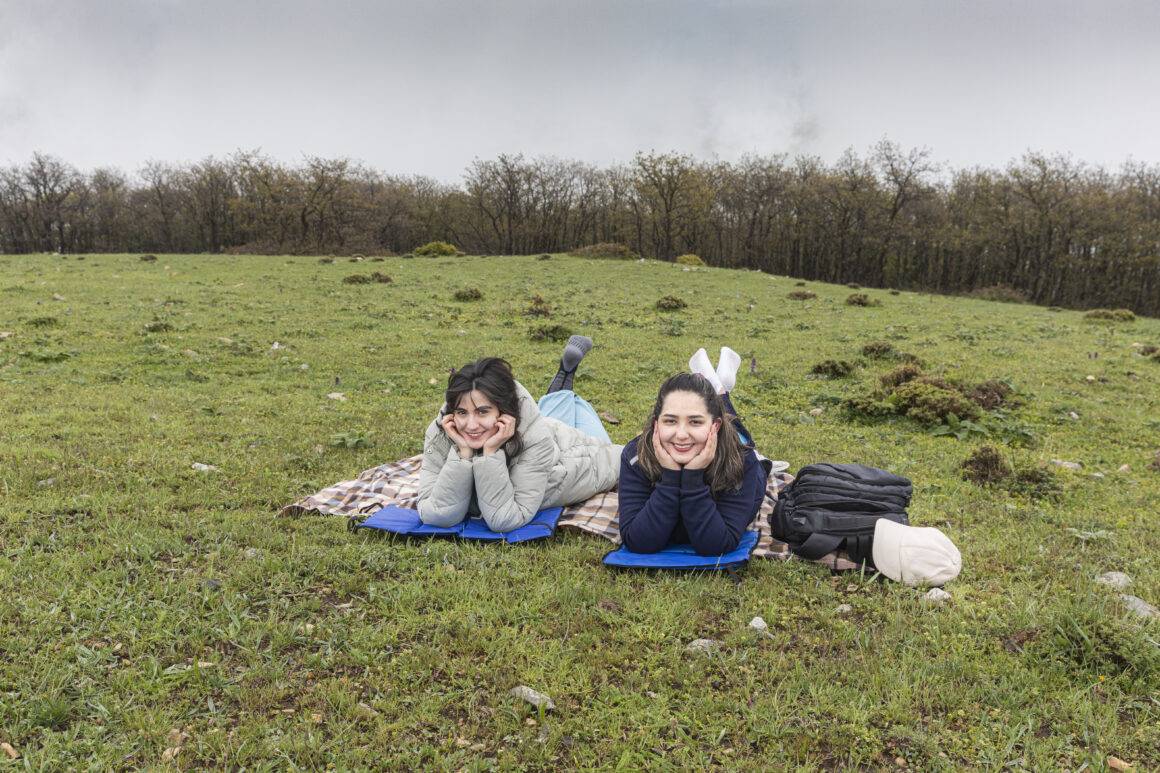
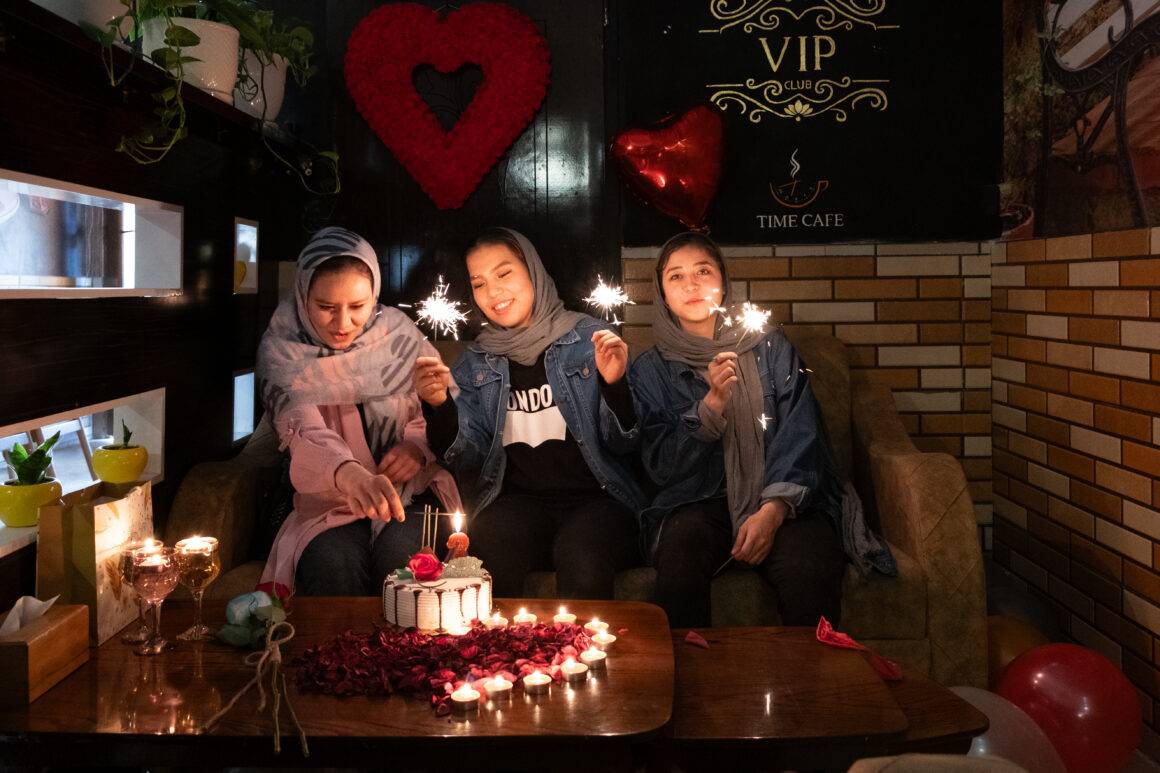
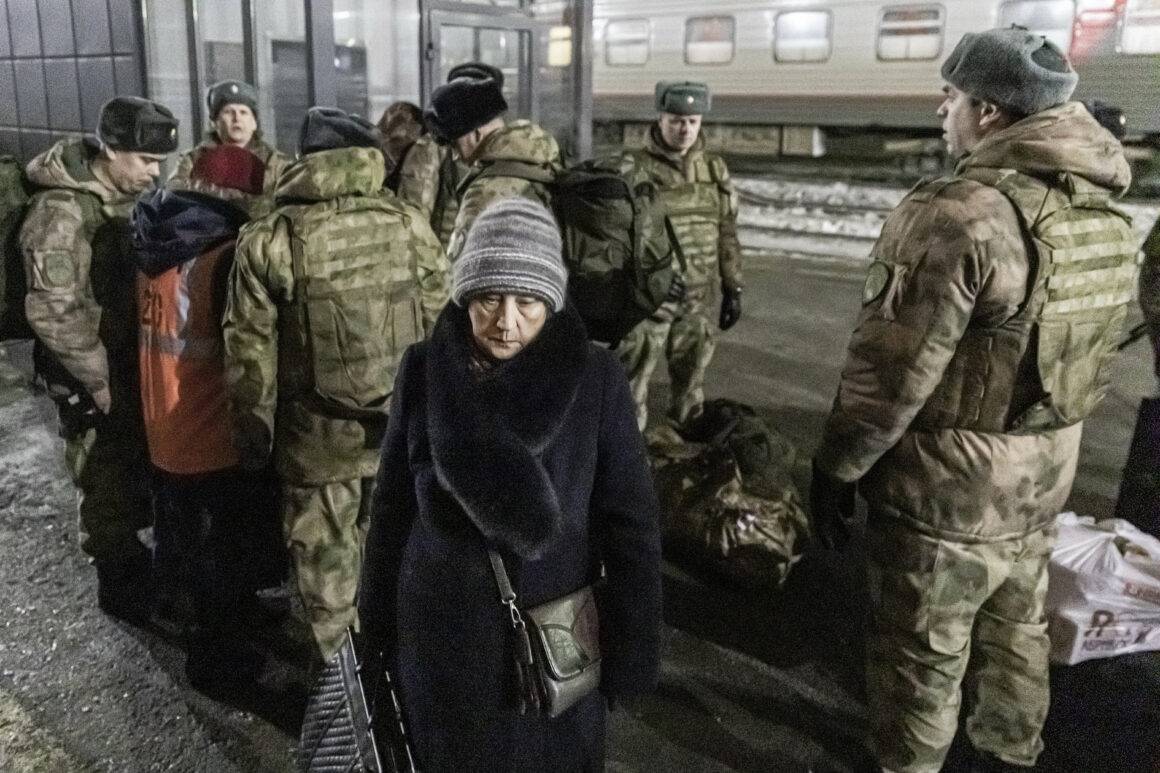
The credit of the cover photo: Saba Taherian | The combination of drought, wind and dust has made life in Bampur impossible. A teenage girl is standing in front of the camera while a strong wind and dust is blowing. November, 2023, Sistan and Baluchestan, Iran.



